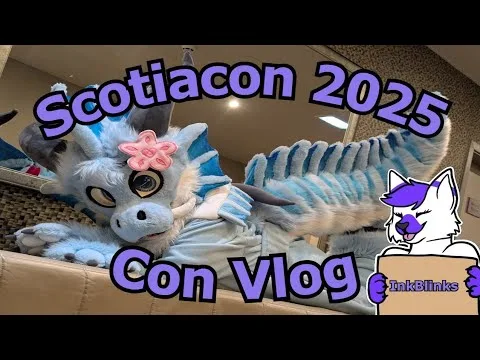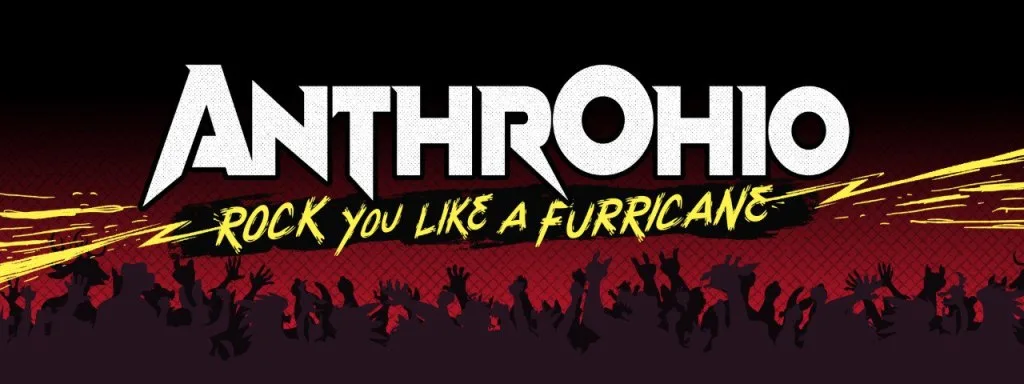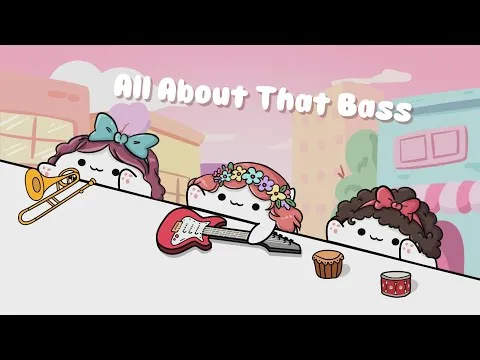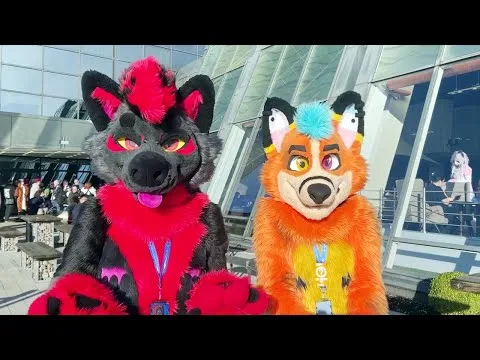Category: Blog
-
Furry History: Why MFF Form It’s Own Convention
I been asking this question for years and I just got a answer
Duckon was a science-fiction convention that more and more furry fans were attending. There was a degree of protection to their presence because Robert King, a furry and one of the main con staff, was married to the woman who had founded the convention. But tensions had gradually been building; I don’t know all the drama but the head of security was a born-again Christian and greatly disliked the furry presence. Con spaces were being made unavailable for furry programming until late, like only getting the main stage starting at midnight. I did a phone interview with Robert King years ago and he said another problem was when they were trying to invite Guests of Honor, there were a lot of refusals because of the fandom’s reputation. So the furry contingent broke off and started Midwest FurFest. It was the strategic thing to do and eased the tensions at Duckon.




 : Lychgate (aka Mr. Kittys)
: Lychgate (aka Mr. Kittys)







 #FurDU2025
#FurDU2025

